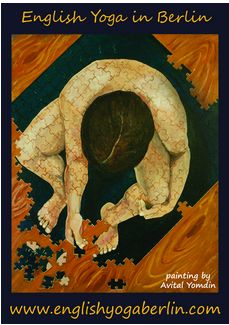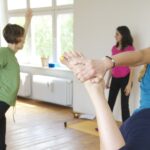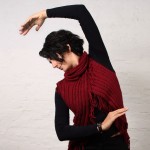Last Thursday, one of my students asked if we could explore a longer session of Yoga Nidra. While I regularly incorporate Yoga Nidra techniques into my relaxation segments, a dedicated Yoga Nidra class invites participants into a deeper journey—one that explores the fascinating space between our conscious and subconscious mind. This practice is often called the “Yoga of the Mind” for good reason.
What is Yoga Nidra?
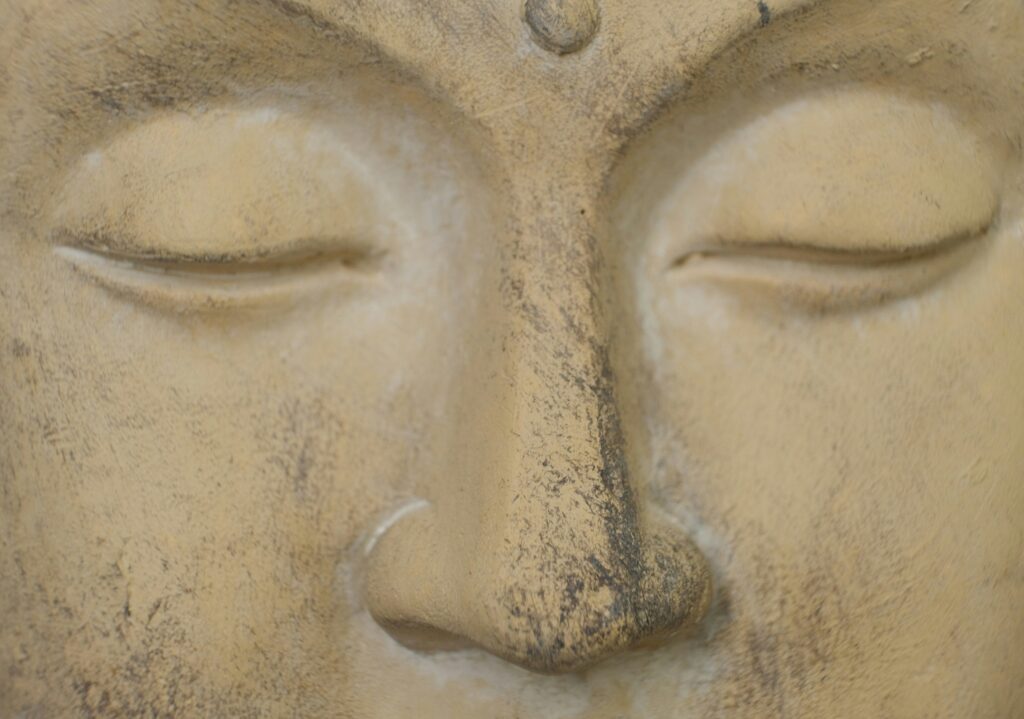
Yoga Nidra guides us into a state of conscious deep relaxation—a place where we remain aware while experiencing profound rest. One of its most powerful techniques involves experiencing opposing sensations, which offers valuable insights not just on the mat, but in life itself.
The Practice of Opposing Sensations
During a Yoga Nidra session, participants are guided to experience contrasting physical sensations. The facilitator might ask you to invite heaviness into your body, making that sensation fully alive in your experience. Then, you’re guided to transition to lightness, bringing that equally alive. The same approach applies to other opposing pairs: cold/hot, pain/pleasure.
This practice serves a deeper purpose than simple relaxation. It teaches us not to get stuck in a single sensation or emotional state. Our neural pathways tend to follow familiar routes, even when those routes lead to discomfort. By practicing the shift between opposing experiences, we develop greater flexibility of mind and emotional resilience.
My Personal Journey with Pain and Pleasure
Yesterday’s longer Yoga Nidra session revealed something remarkable about my own healing journey. Years ago, when practicing opposing sensations, I found certain transitions particularly challenging. I could easily access heaviness but struggled to experience lightness. Cold came readily, but warmth was elusive.
Most notably, having lived with chronic pain for much of my life due to being born with a club foot, the sensation of pain was all too accessible. I could summon it vividly, but when asked to transition to pleasure, I found myself stuck—unable to release the pain and welcome in something different.
The Healing Path Through Savoring
My healing journey has taken many forms. The Alexander Technique helped me address much of my physical pain. Through meditation, I gained understanding of the negativity bias we all carry—that tendency to notice and dwell on the negative while overlooking the positive.
A practice that transformed my experience was savoring. Savoring isn’t about toxic positivity or denying life’s difficulties. Rather, it’s the deliberate act of pausing when experiencing something beautiful, allowing that experience to fully register in your awareness.
When you see a stunning sunset, savor it for a few extra moments. When you taste something delicious, pause to fully appreciate it. When someone shows you kindness, let that warmth linger. This practice doesn’t negate pain—pain exists AND beauty exists. Savoring simply strengthens our capacity to fully experience the positive when our world so often emphasizes the negative.
A Moment of Recognition
Last Thursday’s class revealed how profoundly I’ve changed. As we moved through the opposing sensations practice, I noticed I could still access the traditionally “negative” sensations with ease, but something was different. The opposing “positive” sensations appeared just as quickly and with equal or even greater intensity.
The shift was most dramatic with pleasure. Images flooded my awareness—my daughter’s eyes, a delicious pizza, swimming in the sea, singing in community, receiving a gentle caress, gazing at a starry night, laughing without reason, crying in someone’s arms, and dancing freely. Years of savoring practice had created a rich internal library of pleasure that now came forth effortlessly.
In that moment of practice, I realized how much healing has occurred within me over the past decade. The contrast between my current experience and my previous struggles highlighted the distance I’ve traveled on my healing journey.
Beyond Emotions
This practice of opposing sensations offers something profound: it teaches us to navigate our emotional landscape with greater freedom. By developing the ability to move between different emotional states rather than becoming trapped in one, we gain a certain neutrality toward our emotions.
This neutrality doesn’t mean becoming emotionless—far from it. Rather, it means we’re no longer at the mercy of our emotional states. We can experience them fully while maintaining awareness that we are more than any single emotion. This awareness creates space to move beyond being defined by our emotional world and connect with the deeper aspects of ourselves.
An invitation
If you’ve never experienced Yoga Nidra or worked with opposing sensations, I highly recommend exploring this practice. Whether you’re carrying physical pain, emotional wounds, or simply the weight of daily stress, the simple act of practicing transitions between opposing experiences can gradually reshape your relationship with yourself and your world.
The journey to healing isn’t always linear, but sometimes—like during last Thursday’s practice—we’re gifted with beautiful moments of recognition that show us just how far we’ve come.
Pinelopi embarked on her yoga journey in 1999, completing a 600-hour Hatha Yoga Teacher and Vedantic Philosophy Training course in Valencia, Spain. She founded English Yoga Berlin in 2010, and now has over 15 years of experience as a full-time yoga teacher.
She deepened her knowledge by studying Yoga Anatomy with Leslie Kaminoff. Additionally, she trained with David Moore and attended his “Injury-free yoga” workshops, integrating the Alexander Technique into yoga poses. This comprehensive training enriched her expertise in both fields.
In January of 2023, Pinelopi achieved a significant milestone by becoming a certified Alexander Technique teacher. This was an intensive training for 3.3 years, totaling 1600 hours of dedicated study with Jorg Aßhoff.
Pinelopi’s ergonomic consultations integrate anatomy, Alexander Technique, and yoga’s mind-body understanding. Her holistic approach optimizes well-being in the workplace through comprehensive guidance.
She has completed training in ‘Understanding Trauma for Safer Spaces’ with Legacy Motion and ‘Somatic Embodiment and Regulation Strategies’ with Linda Thai. She is currently learning from Steffi Bednarek about applying Internal Family Systems for Social Transformation. Her meditation philosophy is deeply inspired by Tara Brach, particularly the RAIN meditation. She is also the author of a children’s book, ‘Magic of Rain,‘ which introduces the RAIN meditation to children and their grown-ups. It will be published in 2025 by Mango Publishing.
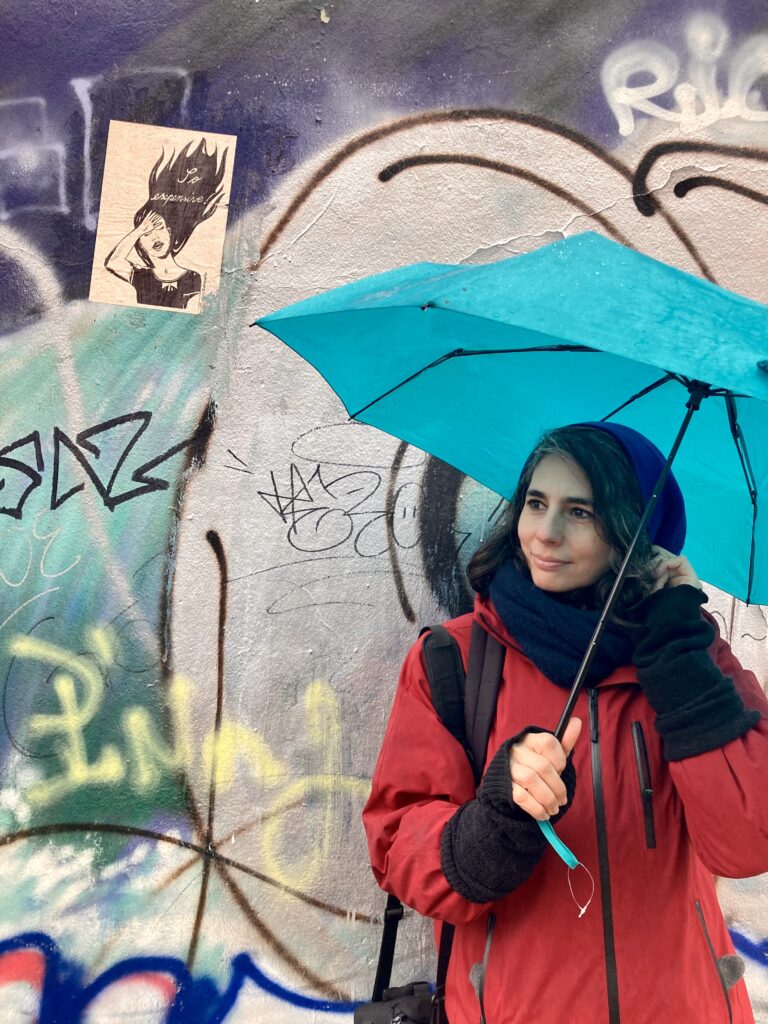




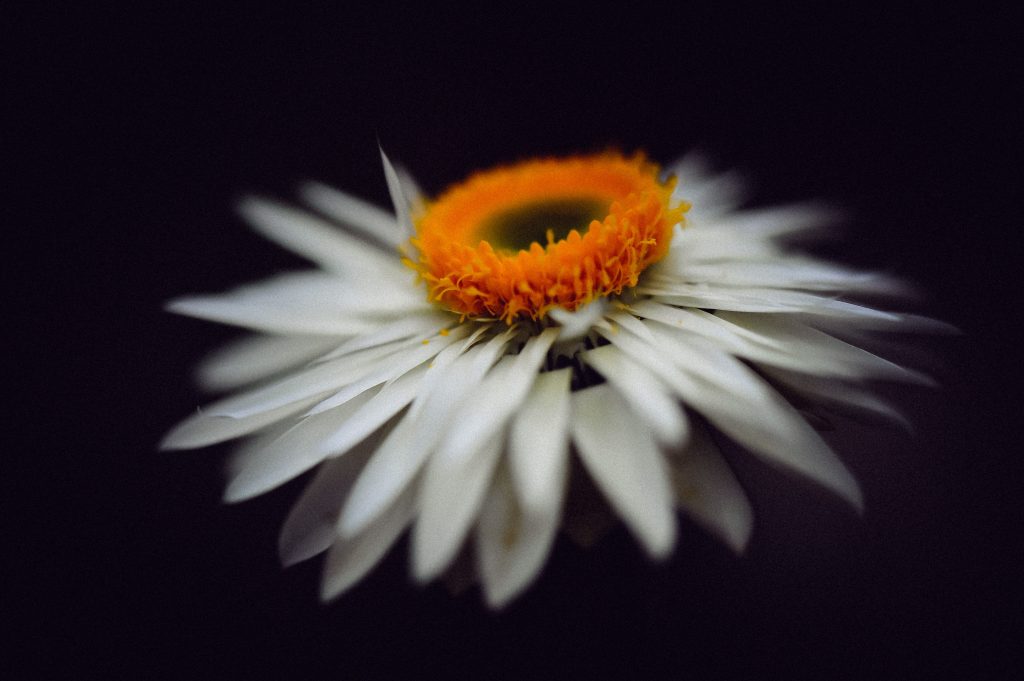

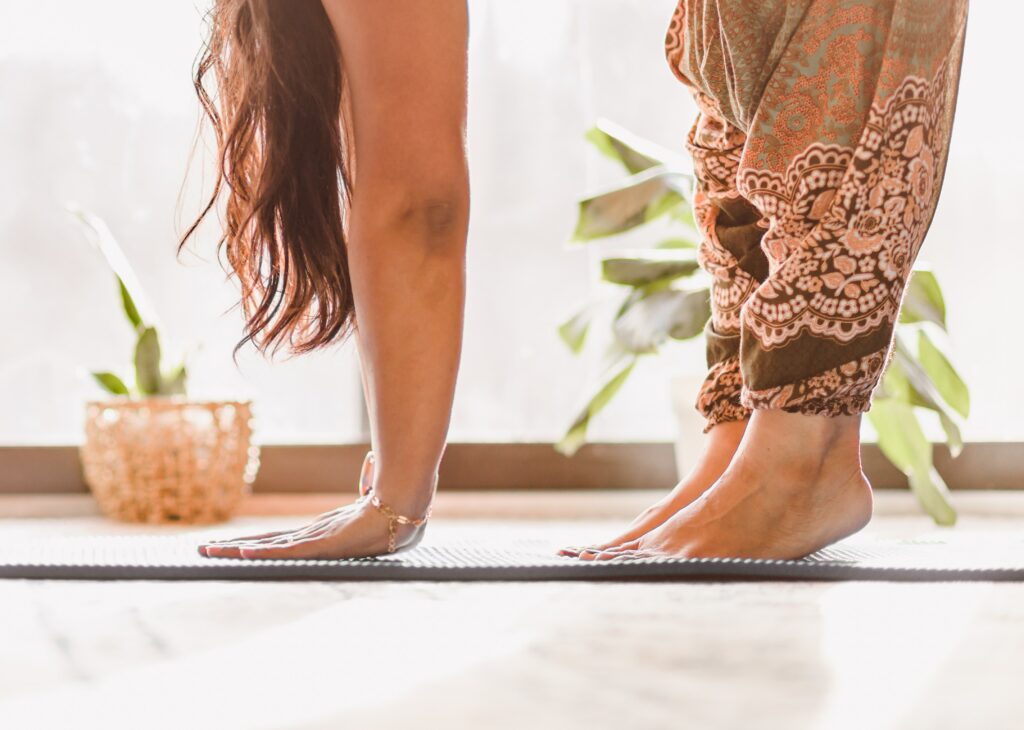
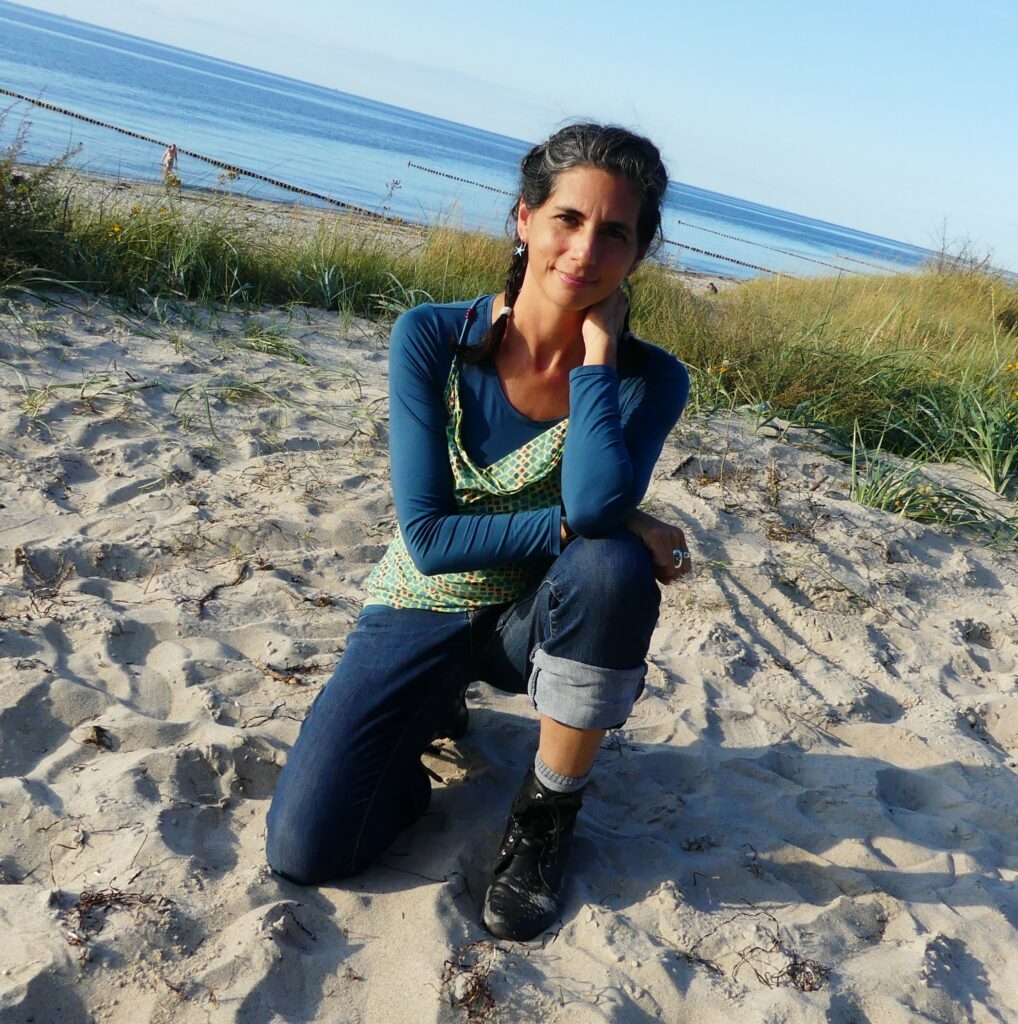




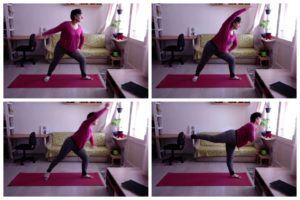
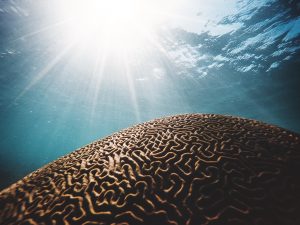 When:
When: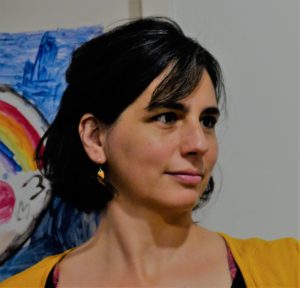 Beginning her yoga journey in 1999,
Beginning her yoga journey in 1999, 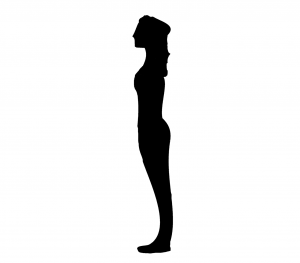
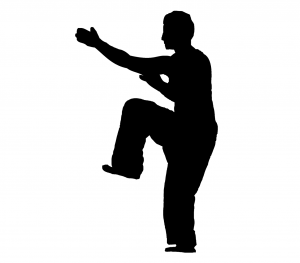
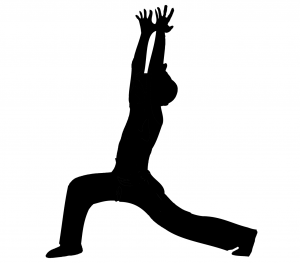
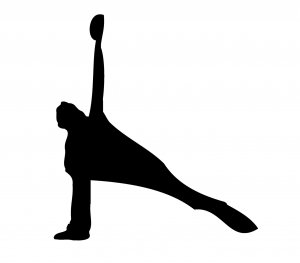
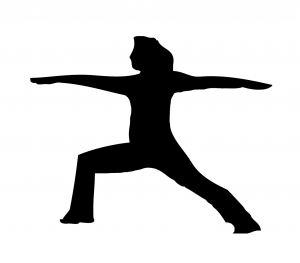 Warrior II:
Warrior II: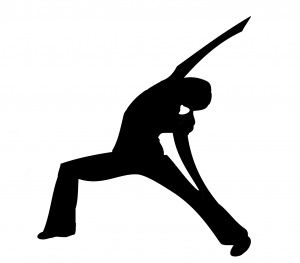 Inverted Warrior:
Inverted Warrior: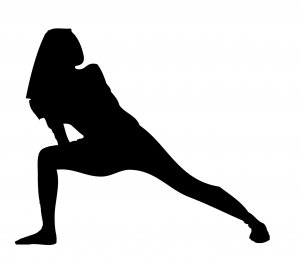 Extended Side Angle:
Extended Side Angle: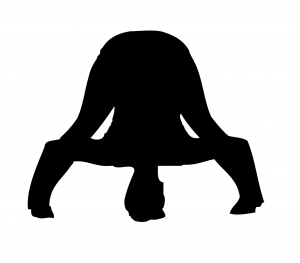 Wide-legged Forward Fold:
Wide-legged Forward Fold: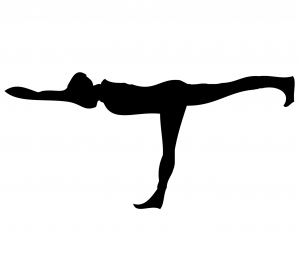 Warrior III:
Warrior III: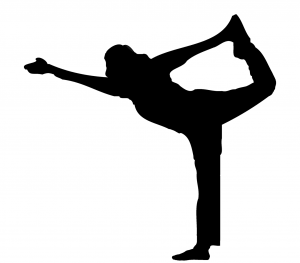 Dancer:
Dancer: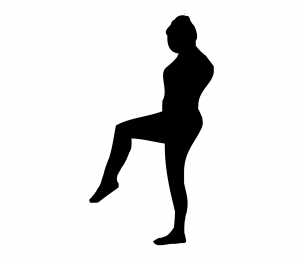 Balance:
Balance: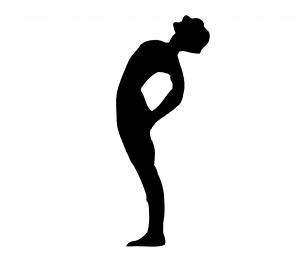 Surrender:
Surrender: